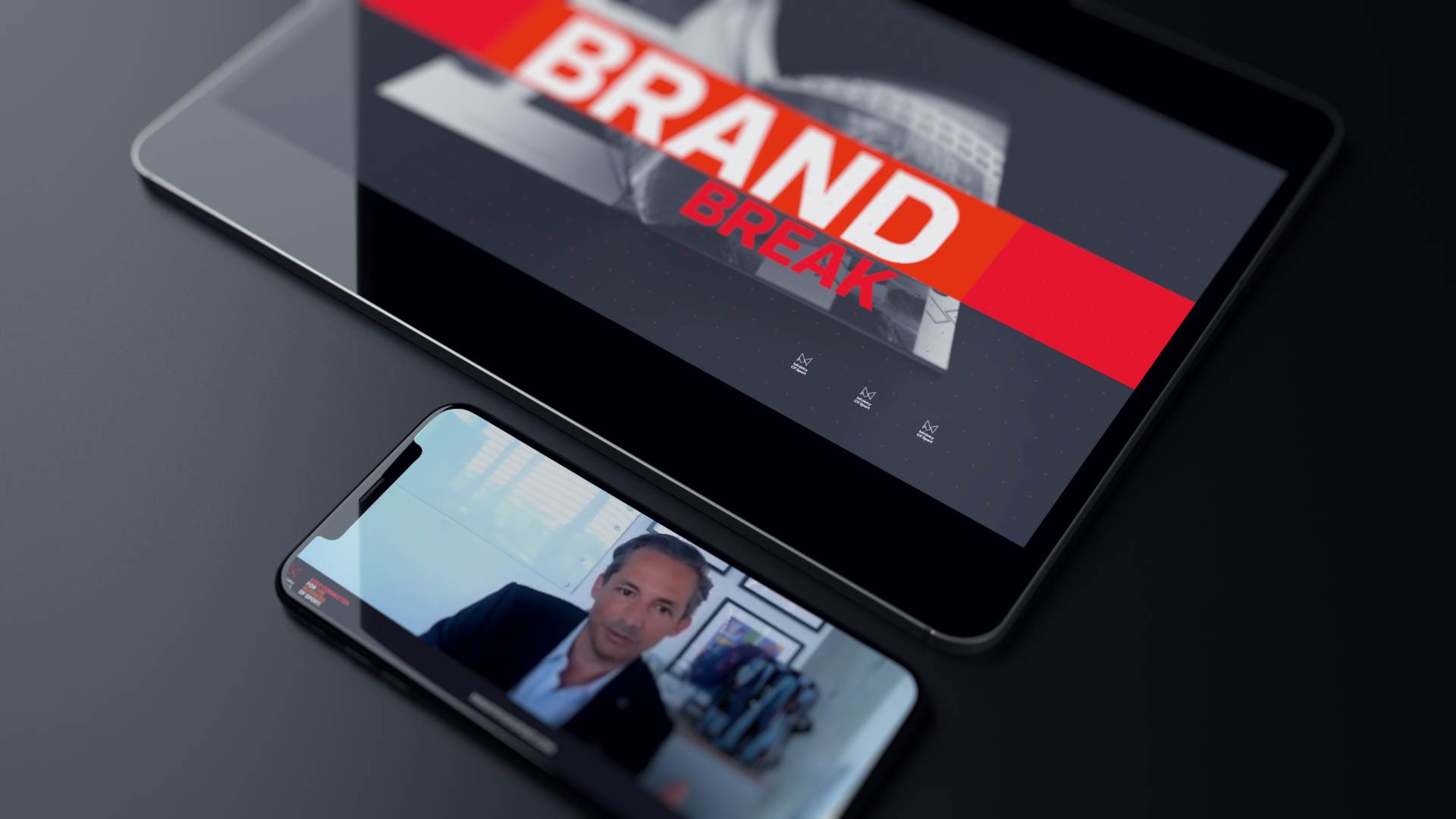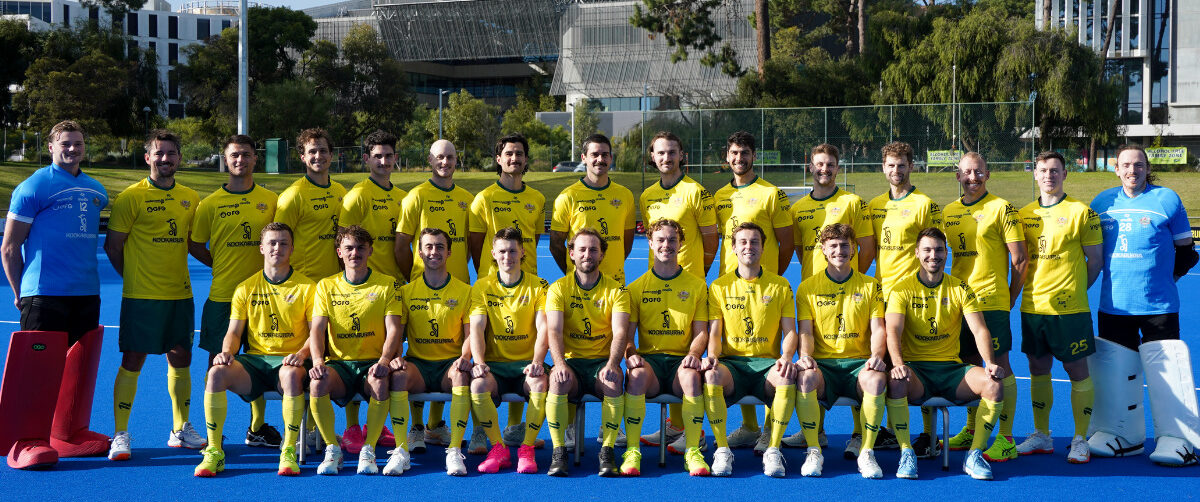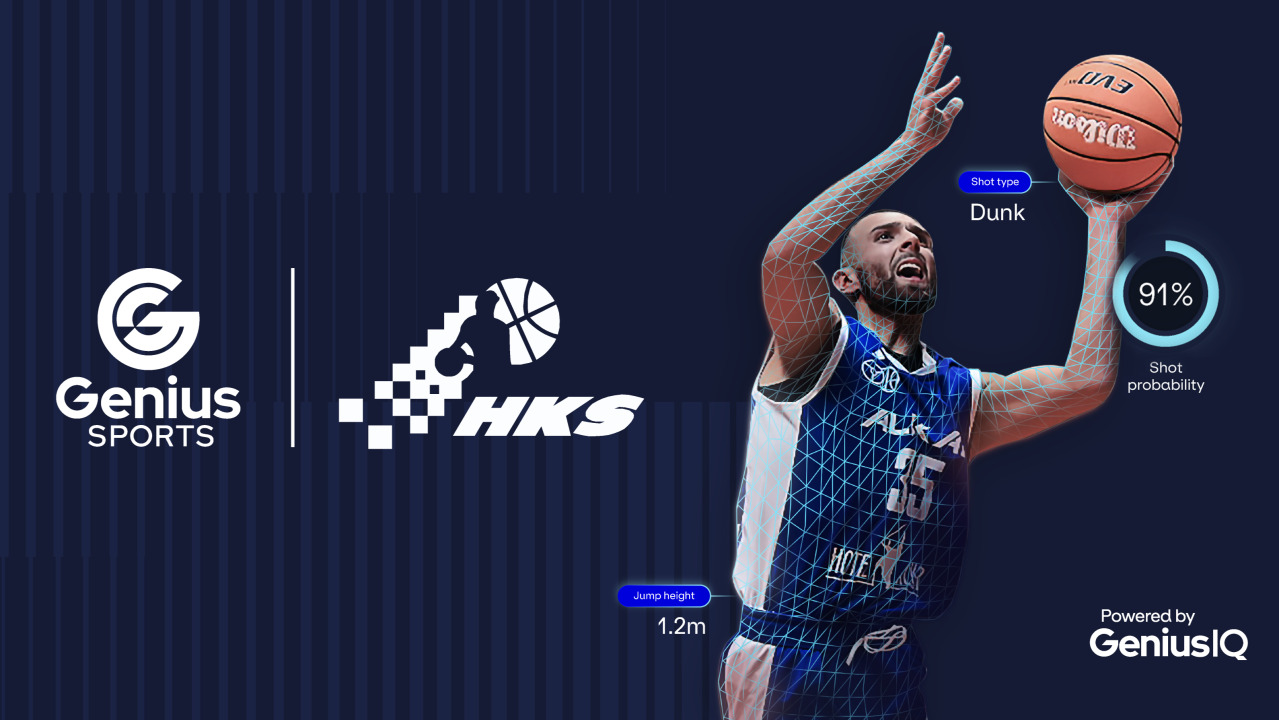In an exclusive interview with Ministry of Sport, for the ‘Brand Break’ series, Adobe vice president and managing director of Central Europe, Christoph Kull, broke down the company’s partnership with FC Bayern Munich and how their data and technology can increase engagement.
Adobe’s partnership with FC Bayern:
Kull said they entered a multi-year engagement and partnership, after the club approached them, needing help with expanding the way they communicate to fans.
“We know they communicate well with fans in the stadium because they have 390,000 members,” Kull said.
“We also know we can get them to a position where we can serve hundreds of millions of customers by knowing their preferences, including who their favourite player is, how they want to be communicated to, if they’ve been to the stadium, if not, where they reside, and which time zone they’re in. Bayern were not ready with the technology to scale to that level. So, we’ve helped them create what we call a real-time customer data platform, which allows them to profile their fans better, meaning they can start gathering more information about their preferences, behaviours, and interests,” he said.
Adobe can also help Bayern with digital communications, where merchandise employees will be able to see a customer’s previous purchases and help with similar products, which ultimately improves their customer journey.
The future of sports event:
According to Kull, digital engagement and sports events will become complementary to each other, with the important keys being speed and real-time.
Additionally, he believes both will merge because customers need to be approached by a channel in an interesting, relevant and personalised way to keep them engaged.
“Transfer that to the fan experience, maybe you’re getting ready to go to a game with friends, you want to be informed through different messages.
“For example, it may say; ‘hey looking forward to seeing you here, if you arrive early, you can use this entry’. Then in the stadium, half an hour before it starts, you’ll be informed again, saying; ‘hey if you want something to eat or drink, the shortest queue is here’. This is the type of engagement that’s useful to fans.
“Then you can also make it more exciting. For example your favourite player is Thomas Muller, and he happens to score a goal. You can use these tools to say, ‘hey we know Thomas Muller is your favourite player, we have a jersey waiting for you at a 10% discount in the merchandise store 30 minutes after full-time’,” he said.
Kull also mentioned it is possible to take engagement out of the stadium, where fans could gain access to training sessions or even interactions with players in video games.
Adobe’s different approaches:
On the approaches to different organisations, Kull said the questions they answer for partners are always the same, however clubs have different priorities, where one might collect data first to build content around, where another might build the content first.
The approach to data collection for different countries also differs, where regulations such as GDPR in Europe mean organisations need to follow guidelines to profile their fans.
“In the Americas it’s different, in China it’s different, every country has these regulations, but it means you must have a slightly adjusted customer journey in all these different places,” Kull said.
On the technology Adobe has built, Kull said they prefer to let the technology learn, which means there is a lot of artificial intelligence built in.
Additionally, the approach for fan engagement through different countries also differs due to different cultural likes, which is where the technology and AI are typically more accurate.
To read the previous MOS Brand Break about the Women of Storm initiative, click here.







